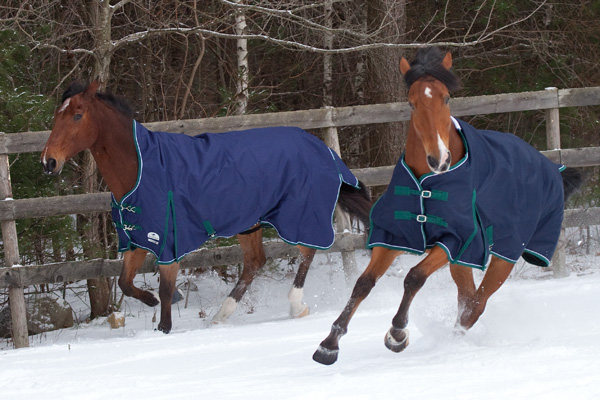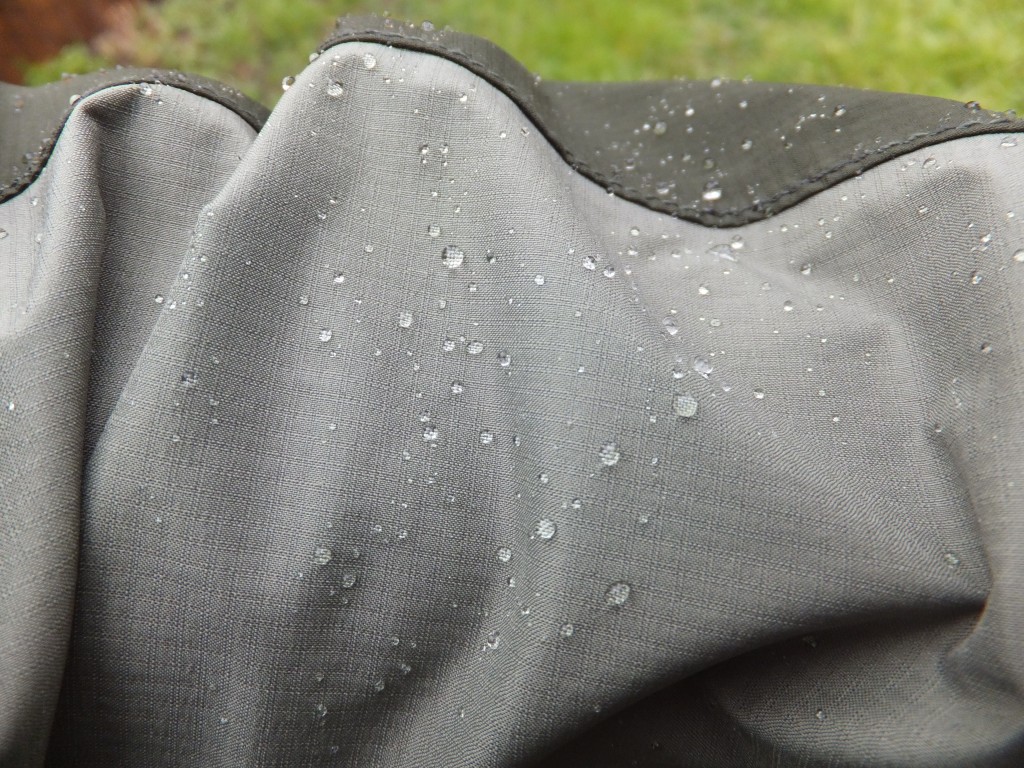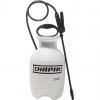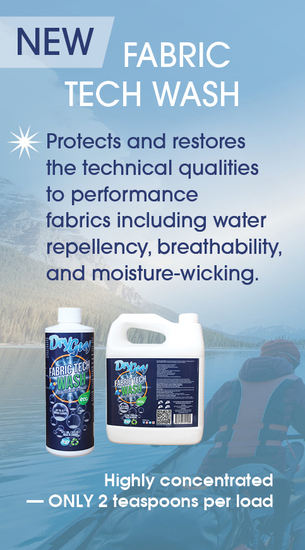1 - REDUCED BREATHABILITY/SWEATING.
If you have an unlined rainsheet, you can see the underside of the denier thru the lining. If you hold the rug up to the sun and look up from the underside – you will see the thousands of little pins holes of light – these are the waterproof pores in the fabric that give the rug its breathability. The waterproof membrane insures the holes are smaller than a water molecule – so water can't enter the rug. To cut costs - many cheaper denier fabrics are not breathable.
Denier Fabrics can be made breathable via using ultra tough hi-tech fabrics which are then coated with a micro-porous formula making the fabric completely waterproof and breathable. This means that the outer fabric will protect your horse from the rain and elements while still allowing sweat or condensation produced by your horse's heat to escape through.
The waterproof membrane also needs to be breathable otherwise your horse will over heat quickly. Cheap turnouts often use membranes that have a non breathable membrane. (much cheaper from a manufacturing point of view)

For any turnout rug to keep your horse comfortable on the inside, both the outer fabric and the lining should also be breathable - because even in cold conditions, your horse will perspire and if a garment does not have sufficient breathability, the moisture (from perspiration) and difference in outside/inside air temperature, will build up as condensation on the inside of the rug.
This problem is exaggerated if your horse does some sudden activity. A quick 30sec gallop across a paddock can cause an average horse to perspire very quickly and the rainsheet just doesn't offer enough breathability for the horse to cool down quickly
Keep in mind that regardless of the rugs breathability rating - in wet conditions, it will be reduced to almost zero as water covers the rug's fabric pores. This can cause condensation to accumulate on the inside of the rug. This extra moisture on the inside may also give the illusion that the garment is letting water in from the outside, when in reality it is your horses perspiration and condensation from the difference in outer air temperature. This is more common when using rain sheets, especially in open neck rain sheets, where water enters in around the neckline and then condenses from body warmth
Most Synthetic Turnout combos have a fill or lining of up to 300grams and this alleviates this problem, as it assist's the rug to breath and keeps the horses excess perspiration off the horse's coat. If you are using an unlined rain sheetin humid, extended wet or cold conditions – you may need to use in conjunction with a light cotton under rug or similar with a good moisture wicking properties. The horses perspiration and condensation needs to be transported away from their skin.
It's much like us wearing a raincoat against our bare skin - with your body heat and perspiration, you will soon be very clammy under your raincoat and any moisture that enters via a neckline etc – will condense under the raincoat. You will end up very damp in a short span of time. However if you wear a T-shirt you will help alleviate the problem.
Never underestimate how much condensation will accumulate under rug in a short span of time. A horse can perspire up to 1 litre per hour.
2 - Wicking
Overtime, water will wick its way up the internal lining of a horse rug. Water gathers on the drip lines and bindings of the rugs and the internal linings will slowly suck up moisture via a natural capillary action. In most cases this happens slowly and doesn't have much of an impact.
However this process is rapidly accelarted when you have an under rug that is hanging out from under your rainsheet. You only need an under rug hanging out a few mm from the top rug and this fabric acts a bit like a sponge sucking up the rain as its coming off the outer rainsheet and you can end up with both the under rug and the rainsheet lining being wet. You don’t need a lot of rain for this to happen, its more about the length of time involved. Ie 5mm of rain that falls in 10mins wont have much of an effect. But 5mm over 6hrs allows more time for the capillary action and for water to wick its way in.



















Comments